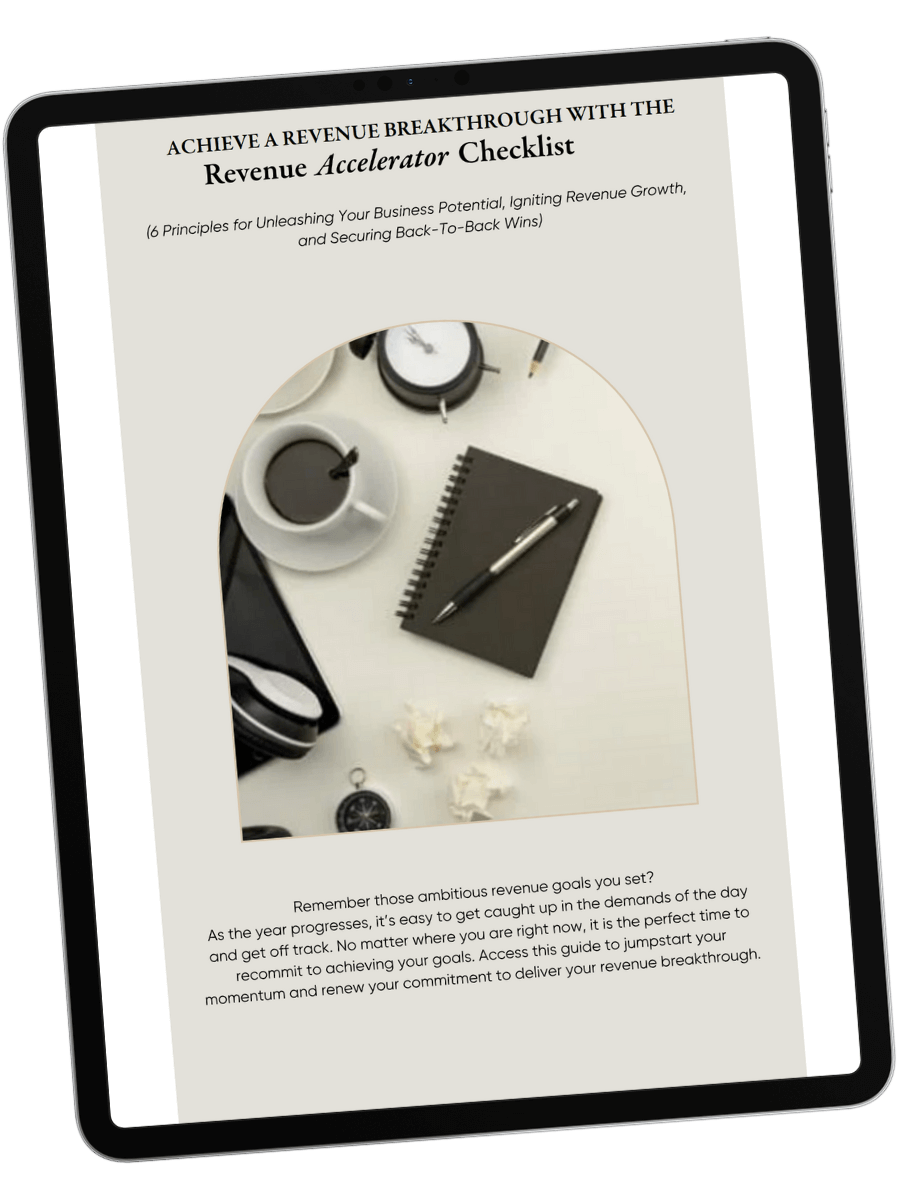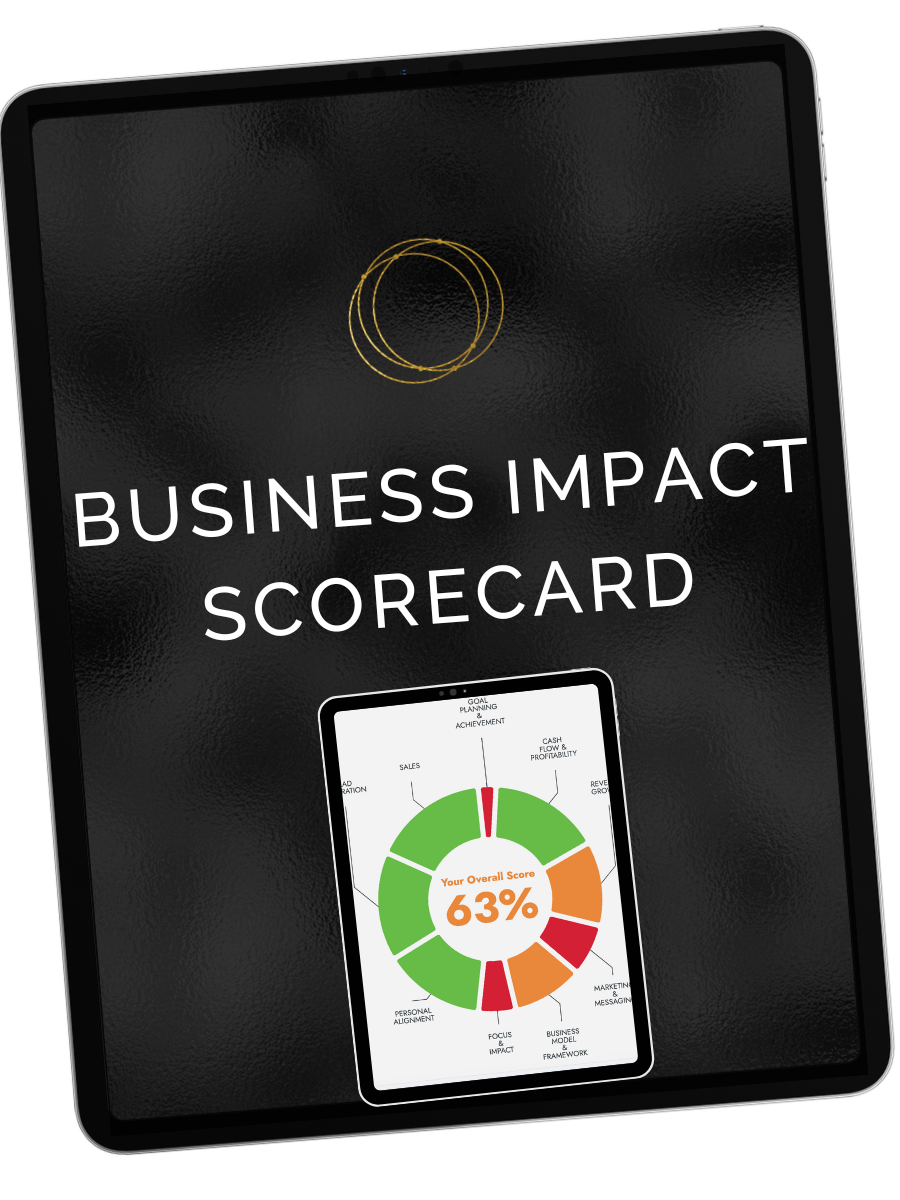The 80/20 Rule is based on “Pareto’s Principle”. A concept that helps us prioritize our time, our work, and our priorities. It suggests that 20% of our activities will ultimately drive 80% of our results or outcomes. And although this seems like a broad generalization, the reality is that the principle is eerily accurate.
Other business examples of the Pareto concept you’ve may have heard are:
• 20% of a company’s products account for 80% of sales
• The top 20% percent of blog posts generate 80% of traffic
But this is the example I will focus on today. In the long-term, approximately 20% of your customers will generate 80% or more of your revenue.
That is a game changing statement!
If you’re a business owner, entrepreneur, or service provider, that means 80% of your current revenue, income, or sales are likely being driven by your top 20% of clients and customers. This implies that you’ve already built some type of productive relationship with them. It also implies they have invested with you at a higher level. They likely purchased from you repeatedly. Regardless, congratulations are in order. You’ve built a segment of loyal clients and customers.
Key questions to ask are:
- Who are the individuals that make up the top 20% of your business?
- And how does that influence your day-to-day business decisions, monetary investments, and time?
Here are suggested areas to probe to answer the first question. The objective is to identify “who” those loyal customers are and what is driving their loyalty. This vital information will help guide how you speak directly to them in your marketing.
- Track and review who is purchasing from you?
- What are they purchasing?
- How often are they purchasing and when?
- How much are they purchasing?
- Who is responsible for purchasing your highest value items?
- Who has purchased repeatedly?
- Who is most responsive to your marketing?
So let’s now assume you know your “who”. You have identified those individuals with the highest spend. The top 10-20% of clients or customers who make up approximately 80% of your revenue. You go to these loyal customers first to get traction and momentum for your business. You leverage them first to accelerate revenue. They are who you invest with first to drive incrementality.
Once you’ve identified your loyal customers, how does that then influence your day-to-day business decisions, investments, and time?
Let’s be really clear on what it does NOT mean.
• It doesn’t mean that you ignore or neglect your other customers.
• You don’t discount or minimize their importance to your overall business health.
• All customers are valuable. Without them, you do not have a viable business.
This is what it DOES mean.
• You need to make a concerted effort to nurture your top customers in a way that drives long-term loyalty, value, and commitment.
• You need to put a disproportionate amount of effort against your best customers, because they are a key driver of your revenue and growth.
• You need to invest a considerable amount of time getting insights on their needs, pain points, and challenges. And those insights should play an integral role in the products & services you offer, as well as the marketing strategy you create.
Your ultimate goal is to build a long-term strategic relationship and loyalty that fuels growth, revenue, and profitability. In other words, keep them happy!
Think about the businesses, retailers, restaurants, or service providers you support in your personal life. Some of them offer loyalty programs where they literally reward you for being loyal. And that reward may come in the form of points you can use, monetary savings, or even giving you first access to promotions or events.
They make you feel special. Their goal is to exceed your expectations and keep you coming back for more!
Let’s review several strategies you can leverage to create that sentiment and strengthen loyalty with your own customers.
Client Sensing -this is about understanding your customer’s needs, challenges, and pain points. This information helps you consider ways to help them in their journey or match them with a product, solution, or service you have. You can use a survey, interview, simple feedback request, or review their previous purchases. Develop a simple process to capture requests from customer. If they are telling you what they want, you should capture that information. They are literally doing the work for you.
Your customers will give you cues as to what they want and what they aren’t interested in. You just have to listen and act.
Leverage those insights to build a portfolio of product or service options for those loyal customers.
Revenue Strategy – view this as a good, better, best strategy. Create offerings at multiple price points that allow you to shift those loyal customers up the value continuum. There may be a need or gap you can fill. Is there an opportunity to keep those loyal customers longer and move then across your portfolio? Are there offerings to help you avoid the “one & done” sales syndrome?
First to Market Campaign – the purpose is to launch with those top customers first “so they are in the know” before everyone else. They are the first to receive information on new products and services. They are the first you offer promotions to because they already have a higher likelihood of purchasing. They are the first to get access to value-added opportunities. They are the audience you use to test market future launches. Make it a priority to highlight them in your testimonials and in your marketing collateral for their successes. Periodically, send them a token of appreciation for their loyalty and business. For example, you can send a customized email note, ecard, gift card, freebie, a tool they can leverage, or a complimentary coaching session to discuss new opportunities. The key is to choose an option that is meaningful to you and your client. One that makes them feel appreciated and special.
Focus on These Simple Tasks:
- Spend time getting the insights on your top 20% clients
- Leverage their purchase insights in your products, services, and marketing campaigns
- Close gaps in your product & service portfolio
- Make them a priority
- Reward & recognize them for their loyalty
And if you do this consistently, you will have a steady flow of satisfied and happy clients, a built-in growth engine, and an abundance of raving fans.
LET’S CONNECT
- If you are ready to transform your business, accelerate your career, or develop high-performance talent, visit the contact page to schedule a strategy session.
- To join our community, you can subscribe to the email list, access the “Rule of Three” blog, or listen to the “Rule of Three” podcast. This is where I share insights, strategies, and solutions to help you in your journey.


